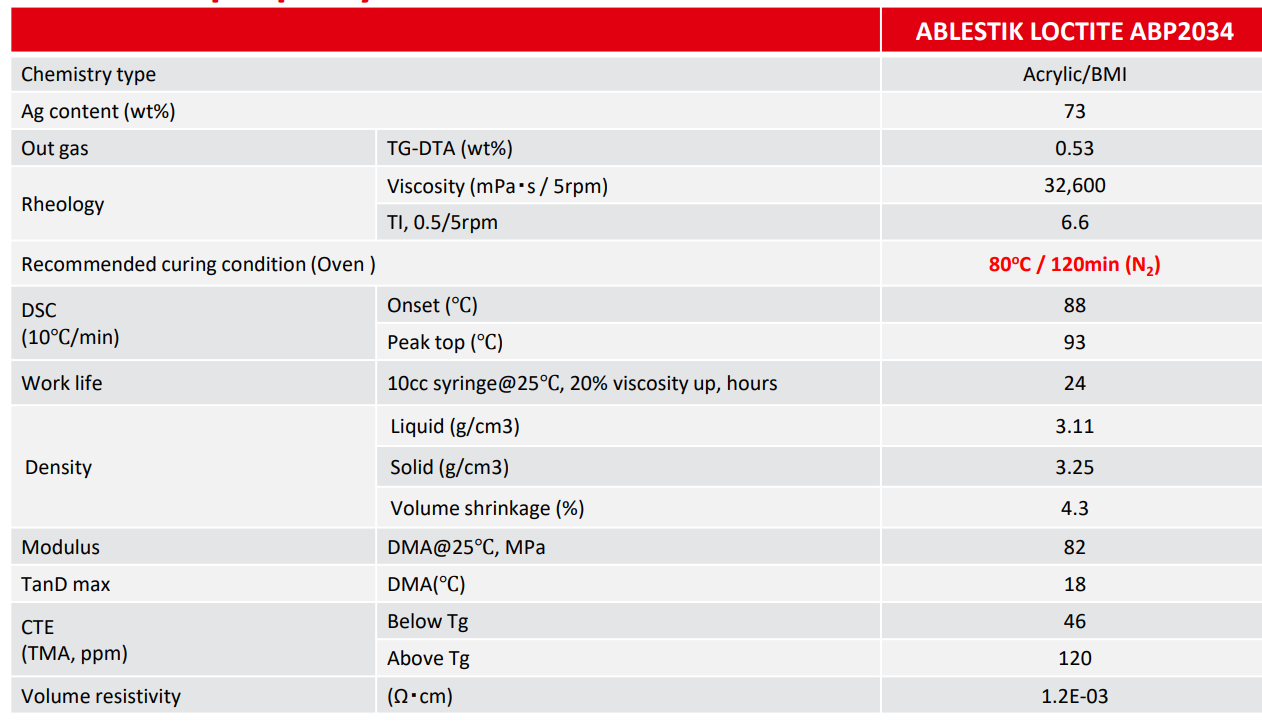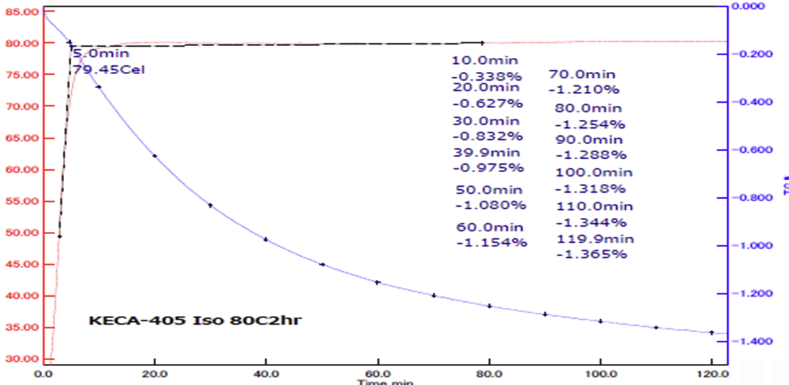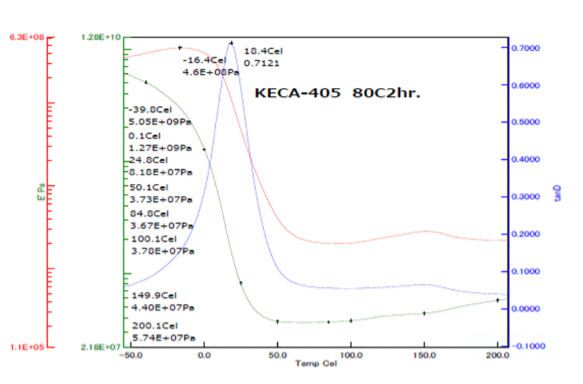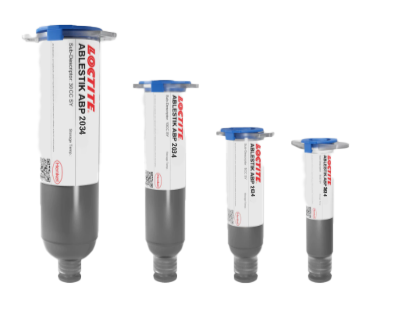LOCTITE ABLESTIK ABP2034
- Ultra low modulus
- High adhesion
- Low temperature cure
Product Description
LOCTITE ABLESTIK ABP 2034 low temperature cure, electrically conductive adhesive is designed for use in applications requiring low modulus and high adhesion strength. This can be a good alternative to ICP4000 for hermetic sealing if you prefer to avoid silicon contamination.
LOCTITE ABLESTIK ABP 2034 (Ag filled BMI hybrid) is developed for conductive bonding in high-volume consumer devices. Both show excellent adhesion in interfaces such as SUS and Nickel in heat sensitive applications such as bracket grounding and VCM assembly for Camera modules. It can be used for batteries that require curing temperatures below 80° or even 60°C.
Cure Schedule
- 120 minutes @ 80°C
Technical Specifications
| General Properties | |||||||
| Work life @25°C Work life @25°C Work life is the amount of time we have to work with a material until it is no longer able to be easily worked and applied on a substrate. It is based on the change in viscosity and it can rely on the application requirements. | 24 hours | ||||||
| Physical Properties | |||||||
| Thixotropic index Thixotropic index Thixotropic Index is a ratio of a material s viscosity at two different speeds in Ambient temperature, generally different by a factor of ten. A thixotropic material s viscosity will decrease as agitation or pressure is increased. It indicates the capability of a material to hold its shape. Mayonnaise is a great example of this. It holds its shape very well, but when a shear stress is applied, the material easily spreads. It helps in choosing a material in accordance to the application, dispense method and viscosity of a material. | 6.6 | ||||||
| Viscosity Viscosity Viscosity is a measurement of a fluid’s resistance to flow. Viscosity is commonly measured in centiPoise (cP). One cP is defined as the viscosity of water and all other viscosities are derived from this base. MPa is another common unit with a 1:1 conversion to cP. A product like honey would have a much higher viscosity -around 10,000 cPs- compared to water. As a result, honey would flow much slower out of a tipped glass than water would. The viscosity of a material can be decreased with an increase in temperature in order to better suit an application | 32,000 mPa.s | ||||||
| Mechanical Properties | |||||||
| |||||||
| Electrical Properties | |||||||
| Volume Resistivity Volume Resistivity Volume resistivity, also called volume resistance, bulk resistance or bulk resistivity is a thickness dependent measurement of the resistivity of a material perpendicular to the plane of the surface. | 1.2x10-3 Ohms⋅cm | ||||||
| Thermal Properties | |||||||
| |||||||
Additional Information

What are the outgassing expectations of ABP2034?
The expected weight loss for this material after 2hrs at 80°C is 1.4%. From experience with other silver filled adhesives we know that Total Mass Loss (TML) will be far below 1% AFTER cure. We do not have Collected Volatile Condensable Materials (CVCM) data, but do expect this to be below 0.1% based on comparable materials. We recommend you measure the outgassing of cured ABP 2034 YOURSELVES if this is critical for your application. If needed, applying a longer post bake after cure can be considered to further reduce the outgassing after cure.

Can ABP2034 be used for cryogenic applications?
ABP 2034 has proved to be best performing down to -269°C (dipping in Helium) on larger parts. Of course, this will depend on the metal type and substrate finish of the sensors. This very low modulus and low temp (80°C) curable ECA is typically tested for small sensors, so you must check if the adhesion is strong enough at wire bonding temperatures.
An alternative could be ICP 2120 which has a higher modulus for wire bonding, but where we don't have enough data for cryogenic temperatures.





